How Online Maps Show The Gulf

Table of Contents
How Online Maps Show the Gulf: A Geographic Perspective
The Gulf, often referring to the Persian Gulf or Arabian Gulf (depending on geopolitical perspective), is a crucial region depicted prominently on online maps. Understanding how these digital cartographic tools represent this vital waterway requires examining several key aspects: geographic representation, political sensitivities, and the evolution of mapping technology.
Geographic Accuracy and Representation
Online maps, powered by companies like Google Maps, Bing Maps, and Apple Maps, use a variety of data sources to depict the Gulf's geography. This includes:
-
Satellite Imagery: High-resolution satellite images provide detailed visual information, showing coastlines, islands, and even major infrastructure projects. The accuracy of this imagery is constantly improving, leading to more precise representations. Look for maps that explicitly state their reliance on recent satellite data for the most up-to-date view.
-
Geographic Information Systems (GIS) Data: GIS data layers add crucial information beyond basic imagery. This includes depth measurements, navigational charts, and political boundaries. The accuracy of these layers depends on the quality of the underlying data and the map provider's commitment to updating it. Understanding the data sources used is critical for evaluating the map's reliability.
-
User-Generated Content: Many online maps incorporate user-contributed information, such as reviews, photos, and even location corrections. While this can add valuable context, it's essential to be aware that this data isn't always verified and may contain inaccuracies. Therefore, rely more on established data sources like satellite imagery and GIS data for precise geographical information.
Political Sensitivities and Naming Conventions
The naming of the Persian Gulf/Arabian Gulf is a complex and politically charged issue. Online maps often reflect these sensitivities, sometimes displaying both names or choosing one over the other based on their target audience and regional policies. Understanding the geopolitical context behind the name used is crucial for interpreting the map's underlying biases.
-
Regional Variations: Different maps might prioritize different names depending on their user base and geographic location. A map targeted at a Middle Eastern audience may primarily use "Arabian Gulf," while a map used globally might use "Persian Gulf" or both.
-
Map Provider Policies: Each map provider has its own internal guidelines on how to handle politically sensitive names. These policies may evolve over time reflecting changing geopolitical realities. Checking the map provider's about section or help documentation can shed light on their naming conventions.
Evolution of Online Map Technology and the Gulf's Depiction
The way the Gulf is depicted on online maps has significantly improved over time. Early online maps had limited resolution and detail, but advancements in satellite technology and GIS have led to far more accurate and detailed representations.
-
Improved Resolution: Higher-resolution imagery now allows users to see even small islands and coastal features with greater clarity.
-
3D Mapping: Some maps now offer 3D views of the Gulf, providing a more immersive and intuitive understanding of the region's geography. This is particularly useful for understanding the coastline's topography and the location of key ports.
-
Interactive Features: Many online maps offer interactive features, like zooming, measuring distances, and exploring street views. These features greatly enhance the user experience and facilitate exploration of the Gulf region.
Conclusion: Critical Engagement with Online Maps of the Gulf
Online maps are powerful tools for understanding the geography of the Persian/Arabian Gulf. However, users must engage critically with these tools, acknowledging the limitations of the data sources, the political sensitivities surrounding naming conventions, and the constant evolution of mapping technology. By understanding these factors, users can leverage online maps effectively to gain a more nuanced and accurate understanding of this crucial region. Remember to cross-reference information from multiple reputable sources to ensure accuracy and avoid bias.

Thank you for visiting our website wich cover about How Online Maps Show The Gulf. We hope the information provided has been useful to you. Feel free to contact us if you have any questions or need further assistance. See you next time and dont miss to bookmark.
Featured Posts
-
Whos In Waterloo Road 2025
Feb 12, 2025
-
Feb 11th Psgs 3 0 Brest Victory Review
Feb 12, 2025
-
Exeter City Nottingham Forest Fa Cup Final Score
Feb 12, 2025
-
Psg Victory Dembeles Two Goals
Feb 12, 2025
-
Hammer Seeks Hollywood Return After Scandal
Feb 12, 2025